Business > CASE STUDY > Group Case Study - Merck Group 3 Ray Musser, Derek Reed, Sheu Mojeed, Brandon Martin Liberty Policy (All)
Group Case Study - Merck Group 3 Ray Musser, Derek Reed, Sheu Mojeed, Brandon Martin Liberty Policy and Strategy in Global Competition BUSI 690 Dr. Waldo
Document Content and Description Below
Group Case Study - Merck Executive Summary. Merck’s overall revenue has been falling the past three years, and that is partially due to the reluctance the company has had toward open innovation. ... Merck has continued to do what their founder did, which was hire the best of the best for the position and create their pharmaceuticals from within the closed innovation strategy which is no longer the way of the pharmaceutical business. With the entire business landscape evolving greatly from where it began, Merck has to be open to changing their strategies from closed innovation to open innovation in order to remain competitive in a global environment. It is in Merck’s best interest to open their business model up to open innovation, which includes knowledge sharing from outside of the confines of Merck’s building. If Merck really wants to help the people and better the pharmaceutical world they will be open and less reluctant to evolve as a company and set forth a combined strategy to not only develop pharmaceuticals from within but to share the wealth of knowledge they presently have with other companies and partner for the next and best invention of medicine which could not only provide a wealth of resources to them but also help the world in which they live. Existing mission, objectives, and strategies. Merck’s existing mission includes “to discover, develop and provide innovative products and services that save and improve lives around the world (Merck, 2015).” Merck once was a company that thrived off of what they did, innovated their own products from within their own walls, however recently Merck has begun to think about opening up themselves to change because of the reverse merger between Schering-Plough has helped with diversification. Strategies that have become outdated is the innovation from internal research and the strategies that have made Schering-Plough successful is their ability to be open to innovation from outside of their walls, 55% of all of Schering-Plough’s new drugs that have come to market were internally driven, yet they found the originating ideas of their drugs from open sources of innovation. Dr. Turner’s predecessor, Roy Vagelos stated to Dr. Turner that in order for an organization to be successful, the organization must learn to change unless they are in an unchallenging or isolated business environment. Just recently Merck has opted to thinking about opting for innovation into their strategic actions in order to sustain growth well into the future. Merck is now attempting to reduce operating cost through innovation, becoming a more competitive and innovative company that leads the pharmaceutical industry in sustained growth not only now but well into the future. Merck’s desires to update their strategies have come not only because of the intrinsic values of re-aligning their strategies but also to help improve societies overall health. The focus has turned to biomedical research and development and to increase the number of drugs that are approved by the FDA. The typical time for a new drug to be developed is roughly 10 years and cost in the ballpark of about $700 million to one billion dollars (USD). In the recent past, Merck has struggled with becoming an opened based innovative firm being that only 13% of all of their approved drugs come from externally driven ideas. To compare, 80% of Bristol Myers pharmaceuticals and 80% of Sanofi-Aventis pharmaceuticals are being created from externally innovated ideas. Merck seems to be entrenched for future long term growth and innovation, “As a result of prioritizing its research efforts in the core areas where it can make the most impact on addressing critical areas of unmet medical need, Merck is now focused on many of the world’s most urgent global health challenges, including immuno-oncology, hepatitis C, cardio metabolic disease, antimicrobial resistance and Alzheimer’s disease. Merck accelerated several of its key clinical programs in 2014, positioning the company for long-term growth (Business Wire, 2015).” Business objectives for Merck include driving down operating cost to effectively drive up profitability and investment through ground breaking innovation. The business model in 2014 was redesigned in order to reduce cost by $2.5 Billion by the end of this year, this was in part by Merck opening up their assets and making serious determinations whether to continue or cease programs that were thought to be successful in not only the present but the future as well. In order to meet the objective to cut $2.5 billion they decided to sever ties with Bayer’s consumer care business that saved $14 billion dollars and place those assets into R&D and other core areas of the business, they also came to agreement to continue with Animal Health as it is a strong business for them and believes in its future abilities. The company should also decide to sever ties with a few of their manufacturing sites that had been long serving in Whitehouse Station, New Jersey as well as Summit, New Jersey, placing manufacturing facilities in other countries that significantly drive down the cost of production. New Mission Statement Our goal is to make the most effective and legitimate pharmaceuticals (product) that allow our patients, whether of the human race or the animals (customers) that live amongst us to live life to the fullest no matter what may happen to our bodies. Our reach is limitless across the world, stretching across all 7 continents and 7 seas (markets) helping all in need through our innovation of our research driven business that focuses on creating the most profit (future) while doing our part to conserve our planet (public image). We strive to deliver products that not only meet your standards but exceeds industry standards (self-concept). We strive to attain and develop top talent that is synchronized with our vision to create a product that is second to none (philosophy) while being the tip of the spear revolving around open innovation (technology). Analysis of Business Model Merck’s current business model is to focus on priority disease areas, redefine product discovery and development, create a new commercial model, achieve leadership in emerging pharmaceutical markets, and to create a lean and flexible cost structure. All five of the pillars are to be held together by a high performance culture, uncompromising ethics and integrity with high execution capabilities. First, Merck has been able to create a large investment opportunity into focusing on priority disease areas such as Alzheimer’s disease, atherosclerosis, cardiovascular, diabetes, novel vaccines, obesity, oncology, pain and sleeping disorders. These nine areas of priority for Merck is a substantial portion of the pharmaceutical market, however it is believed that Merck should be focusing heavily on certain types of disease areas that have the highest rates of death; oncology targeted therapies, cardiovascular and obesity. Merck’s current model is focused too broadly on areas which are admirable, but should be focused on pharmaceuticals that could prevent loss of life over well-being. In order for Merck to redefine discovery and development of products faster and more efficiently they are processing the thought of changing to become more acceptable to open innovation rather than the old Merck way which is to develop products in house and only in house. This way not only provides a breadth of new developments, it also accelerates the time spent developing products because they do not have to be an idea of Merck from cradle to grave. Merck’s model creates a commercial model that forces a greater depth of engagement with their leadership as well as the payers, they also give more information to their patients for better understanding of their goods rather than withholding important information that is not mandated to give out. Merck currently has streamlined their productivity by making significant cost cutting efforts to promote its products commercially, reducing their manpower fifty percent while expanding their e-commerce [Show More]
Last updated: 1 year ago
Preview 1 out of pages
Instant download

Buy this document to get the full access instantly
Instant Download Access after purchase
Add to cartInstant download
Reviews( 0 )
Document information
Connected school, study & course
About the document
Uploaded On
Mar 23, 2021
Number of pages
Written in
Additional information
This document has been written for:
Uploaded
Mar 23, 2021
Downloads
0
Views
4

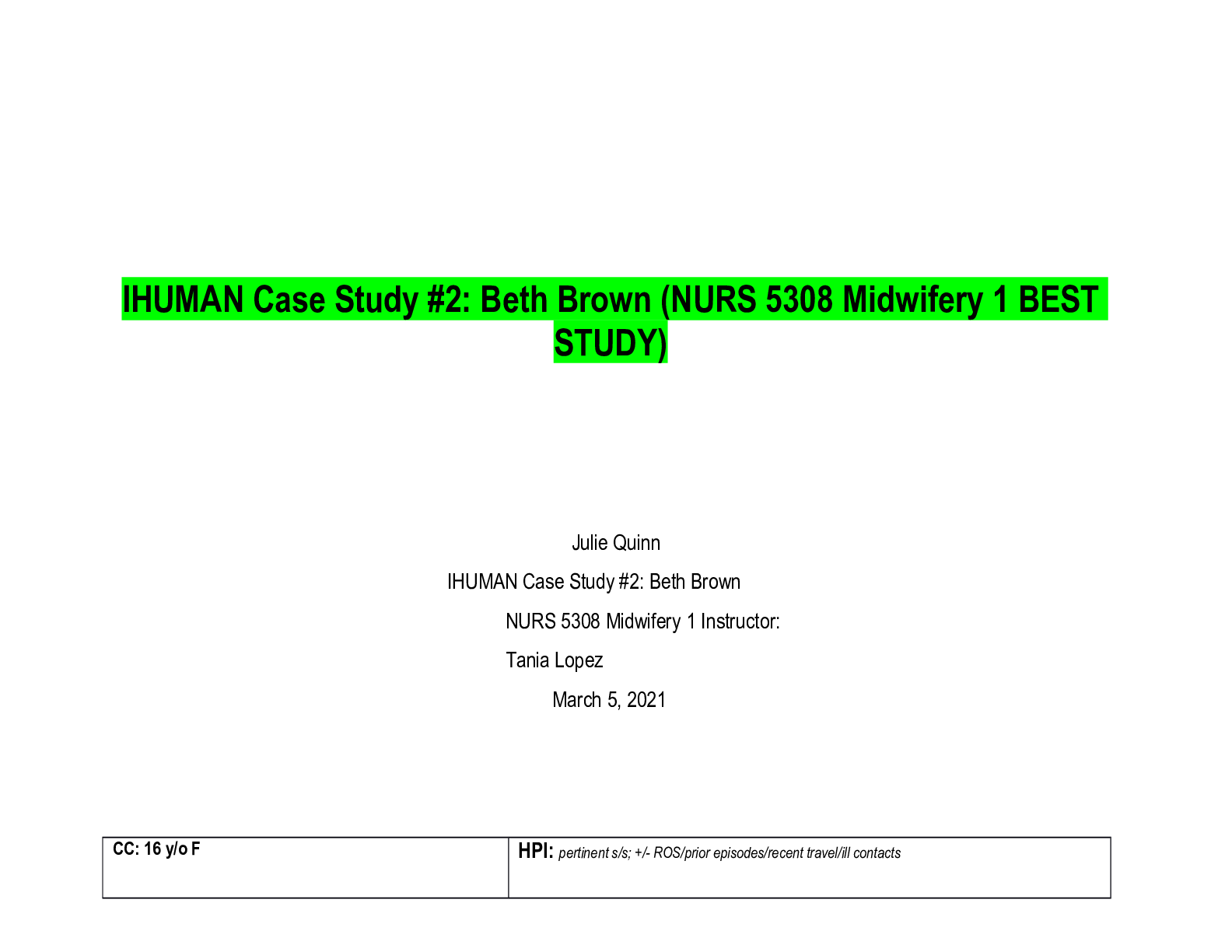
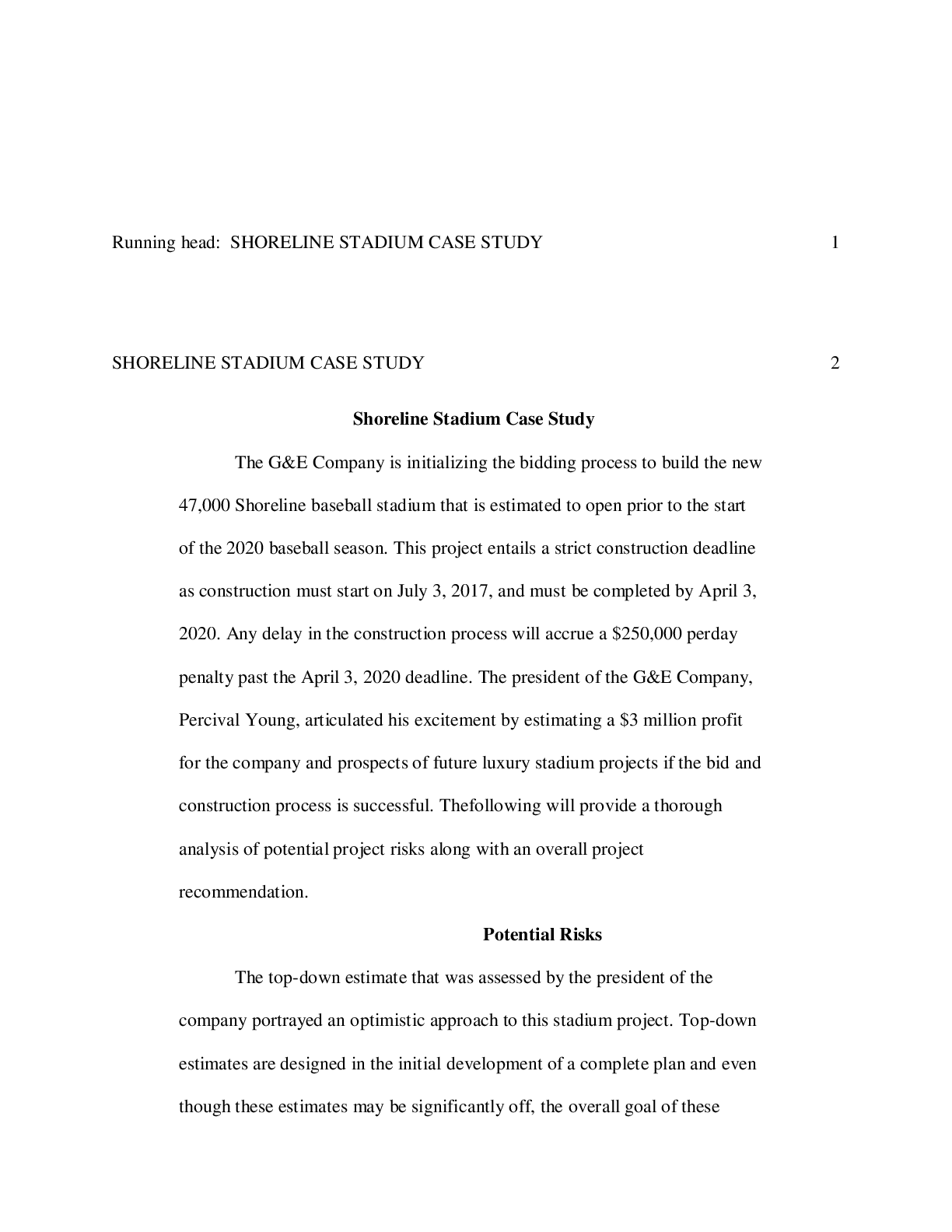


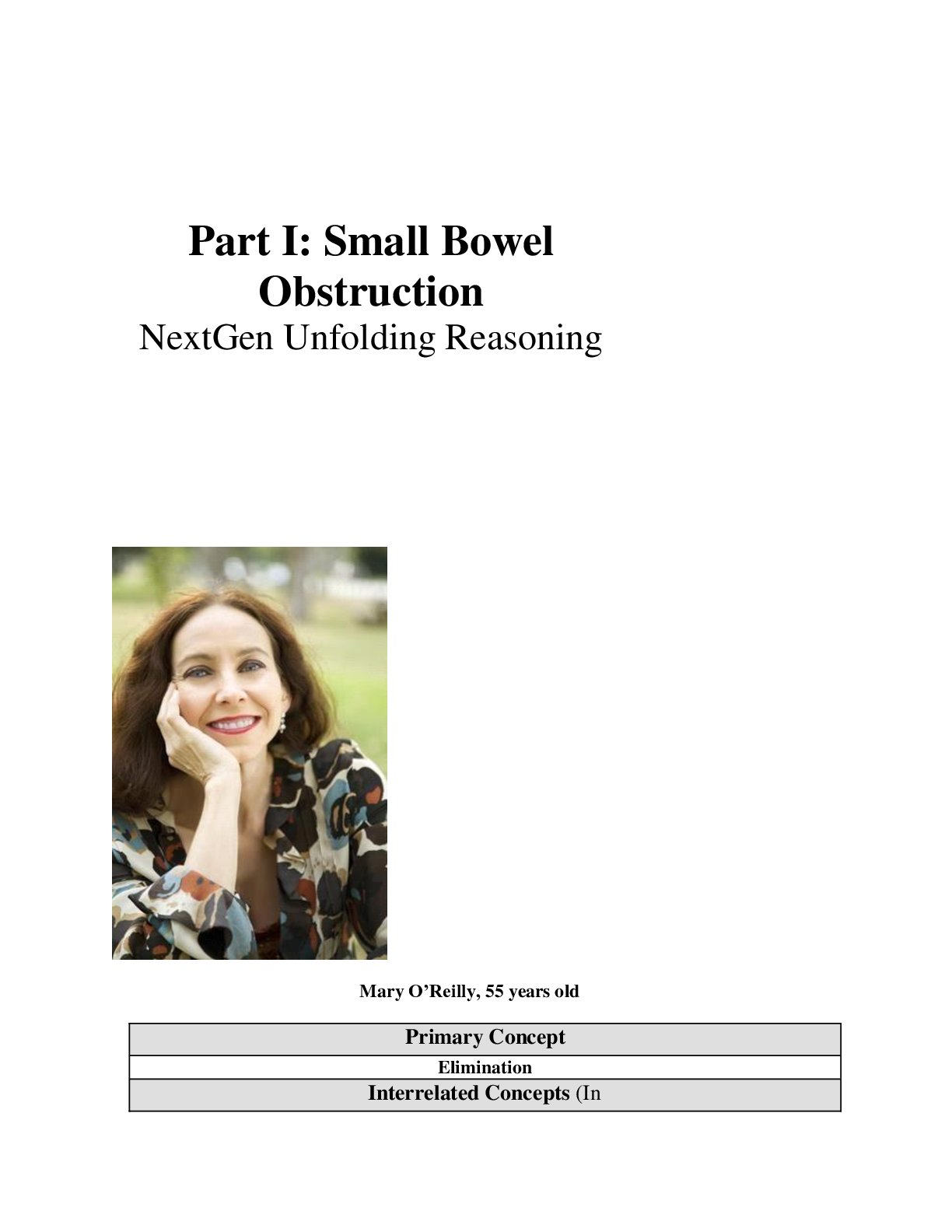
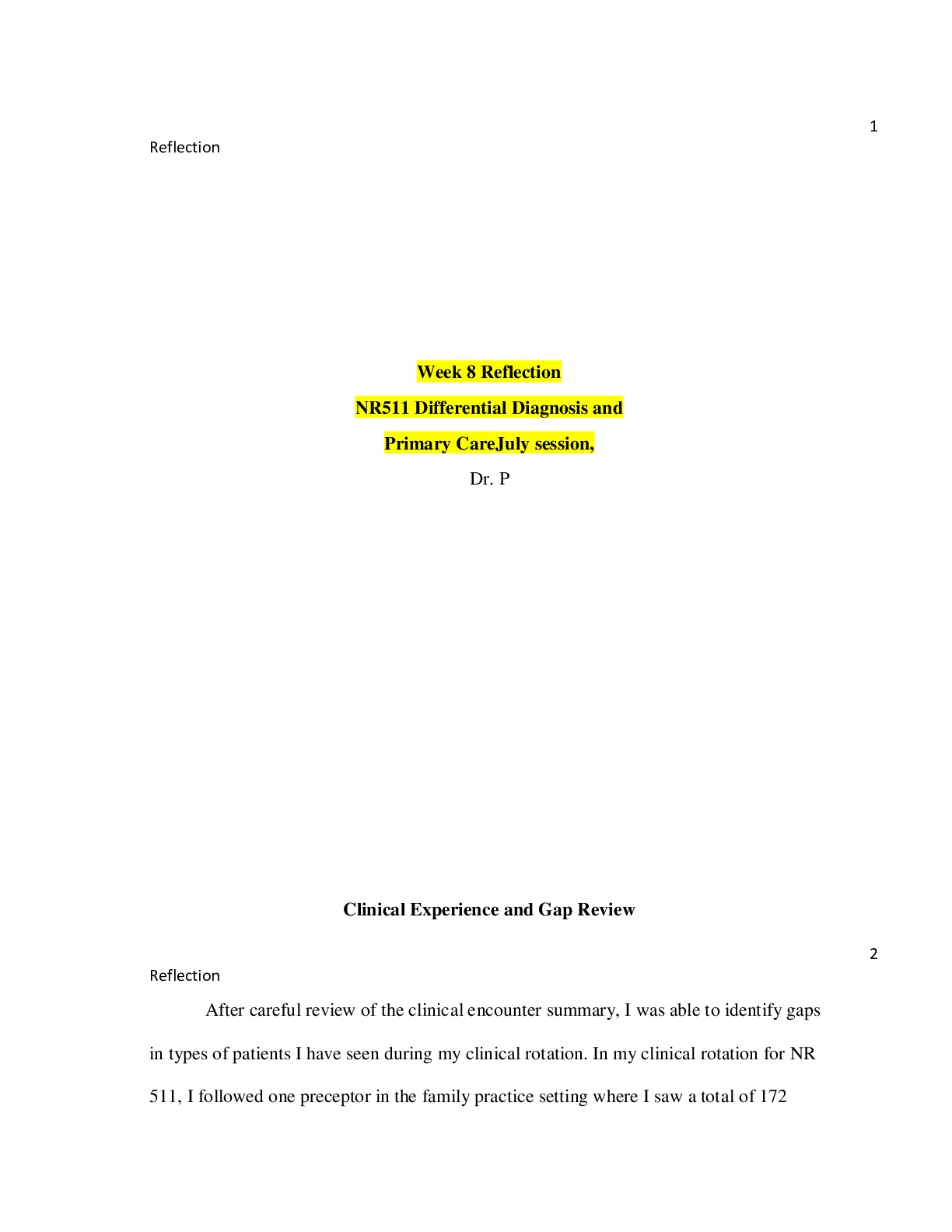


.png)
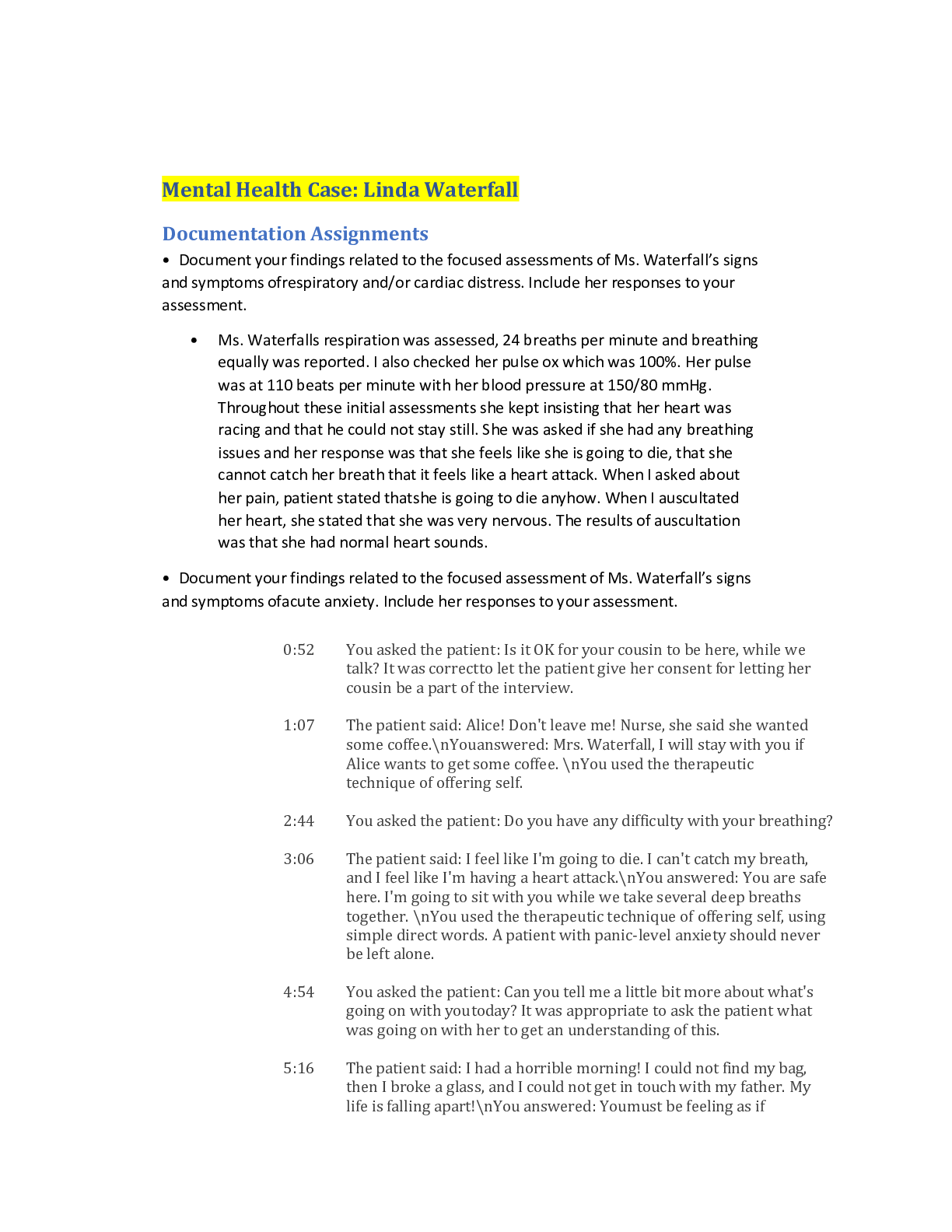

.png)

